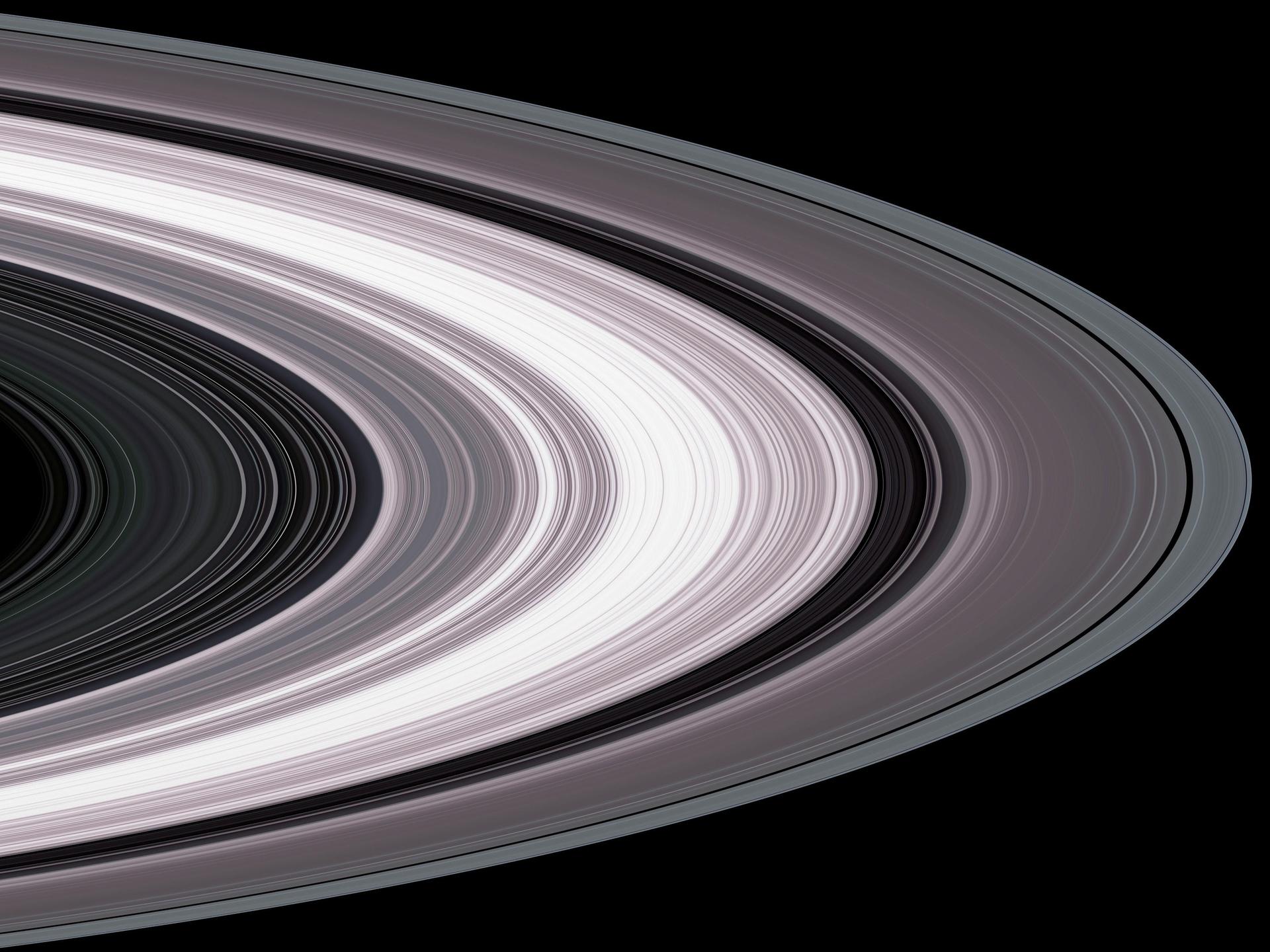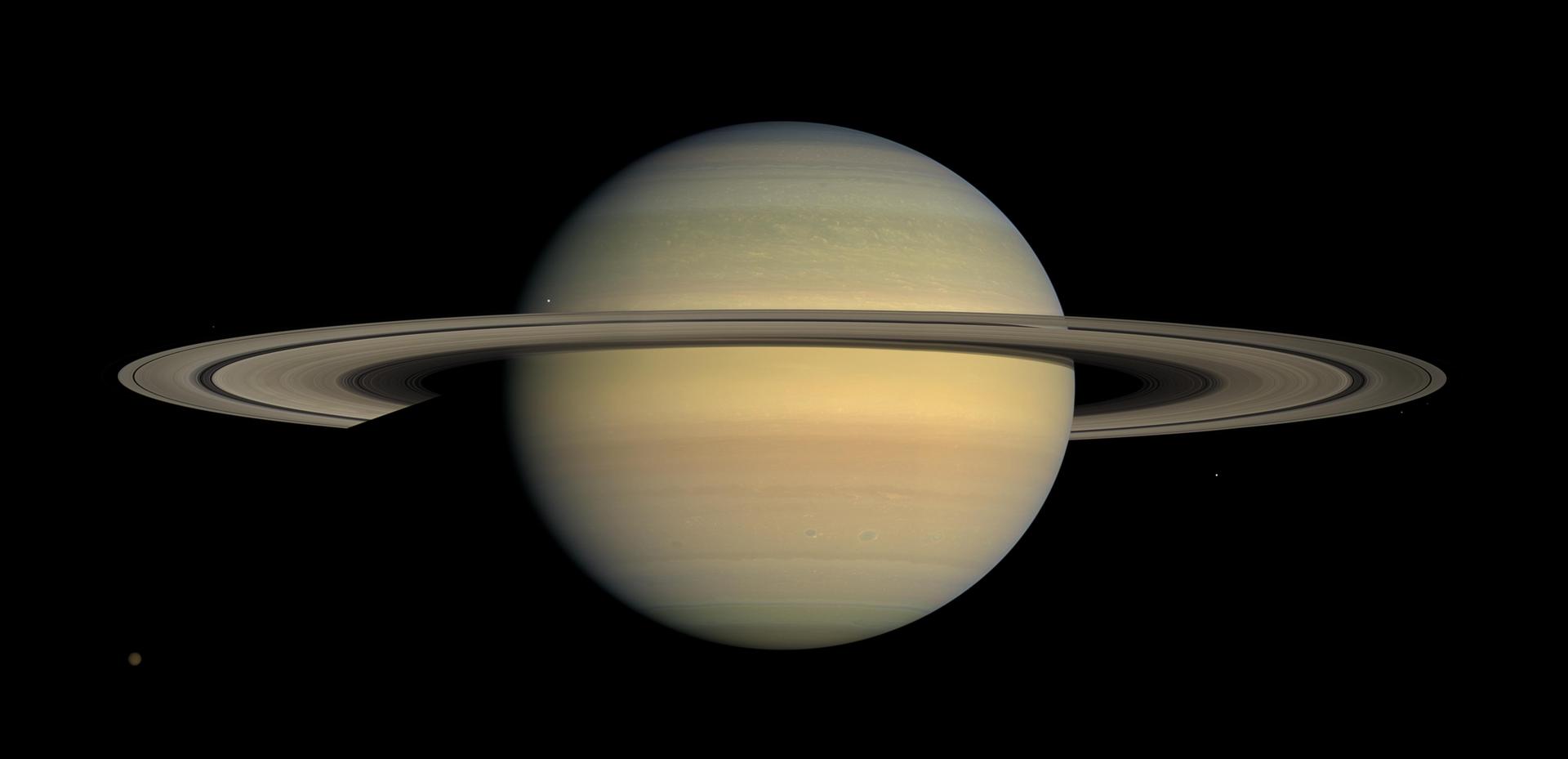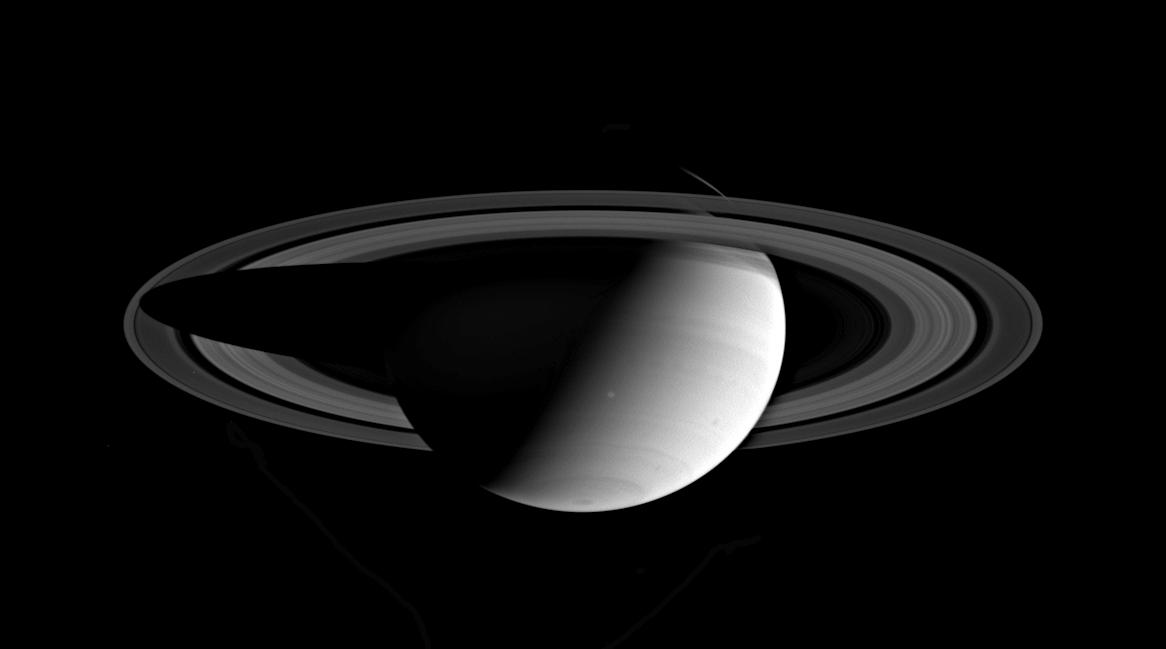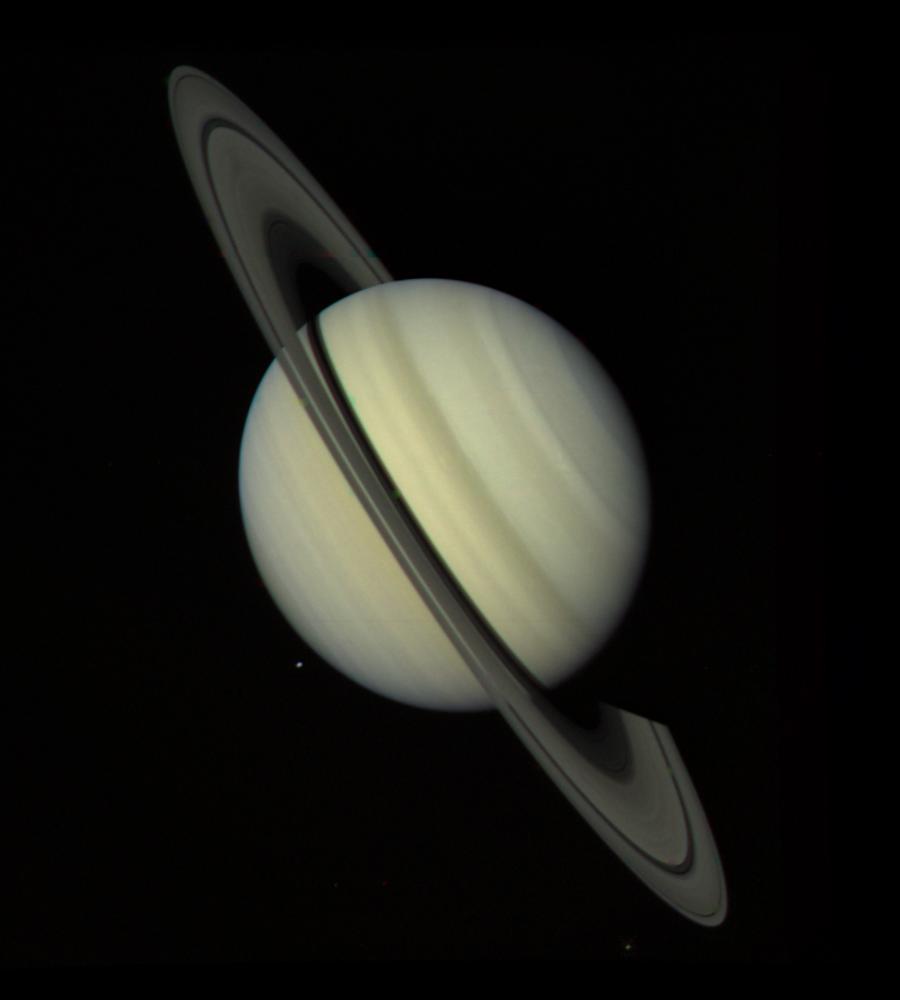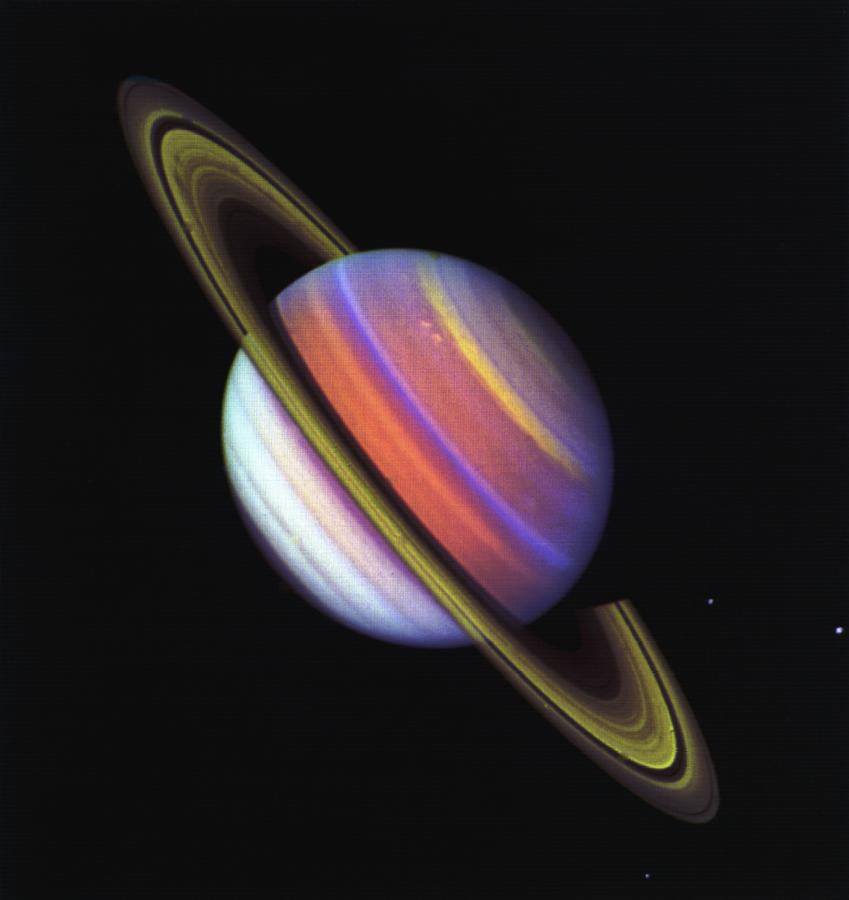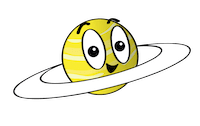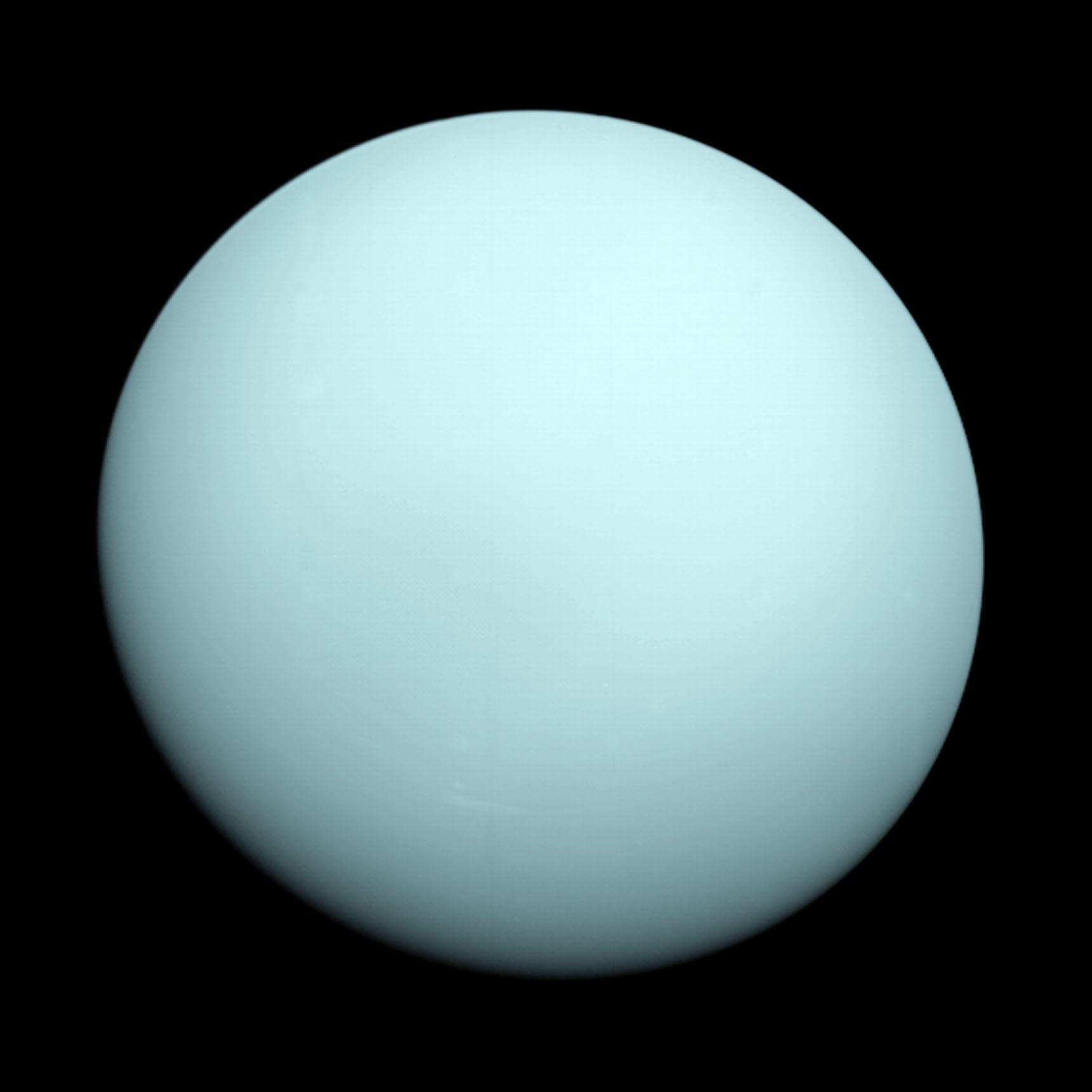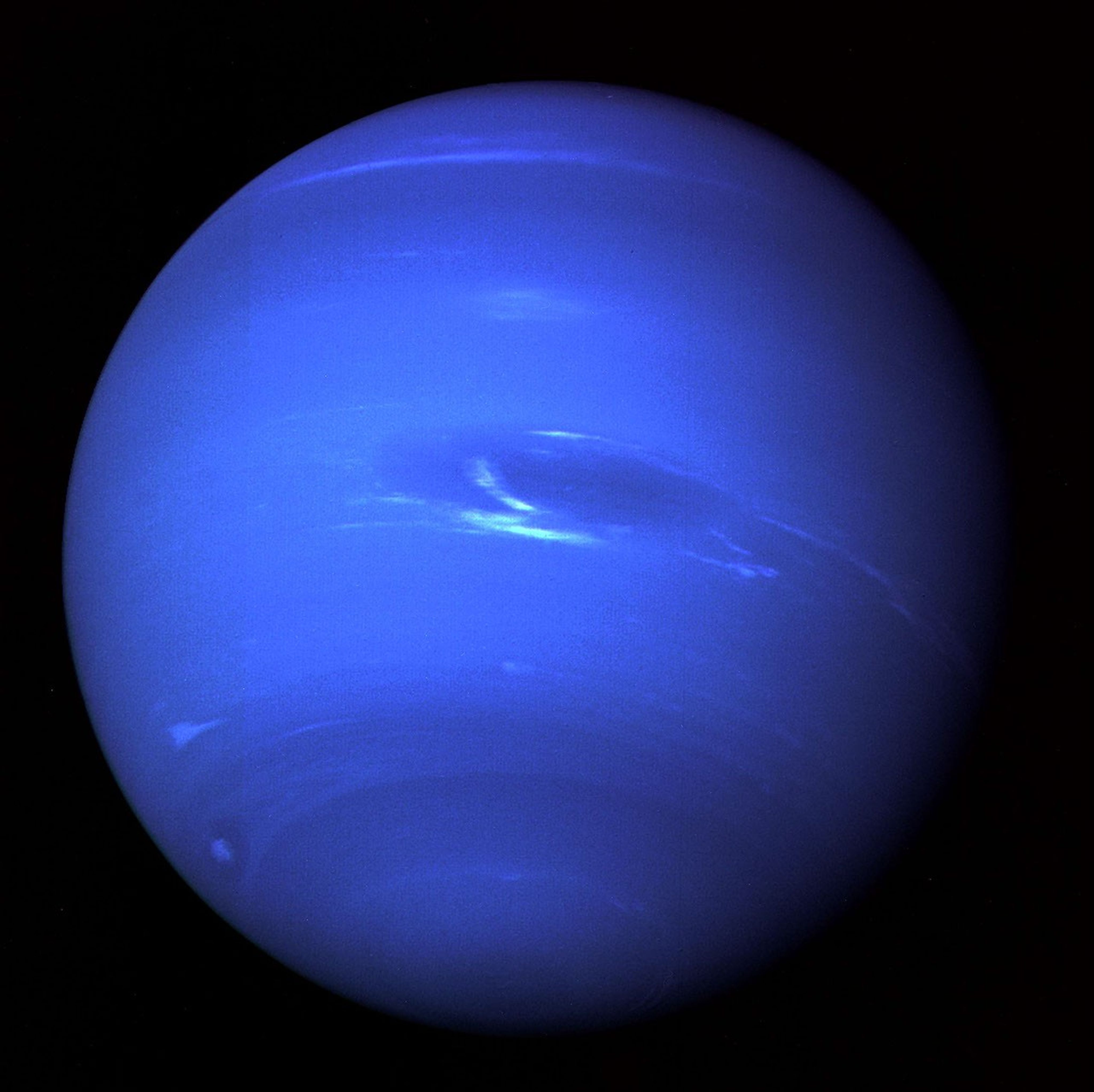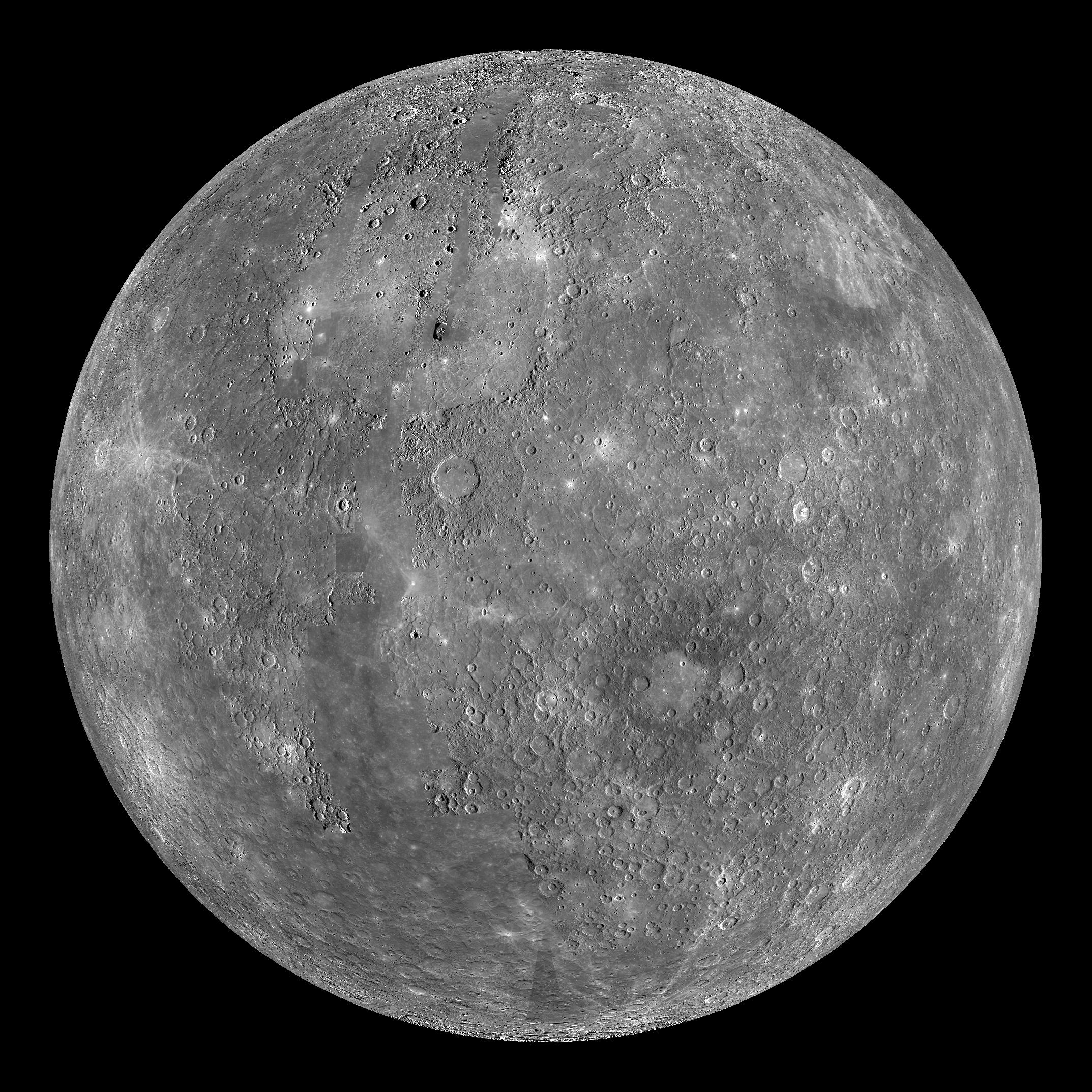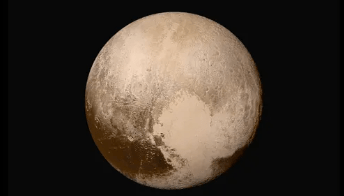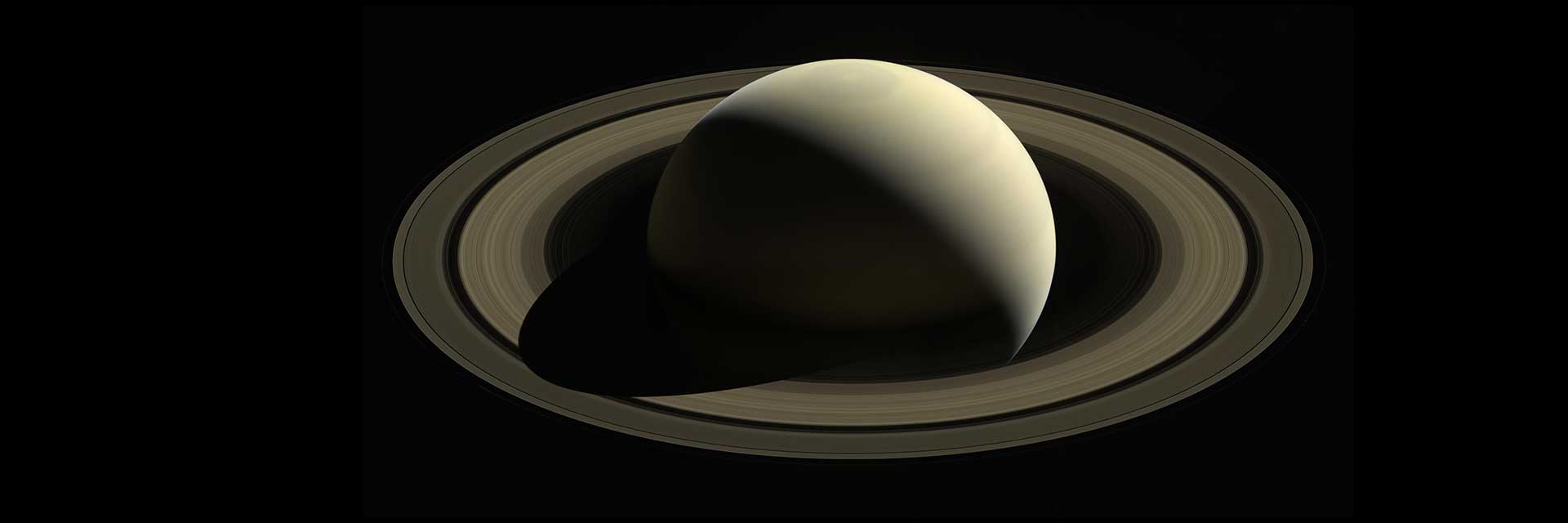
Saturn
Saturn is the sixth planet from the Sun, and the second largest in the solar system. It’s surrounded by beautiful rings.
Facts About Saturn
Saturn is the sixth planet from the Sun and the second largest planet in our solar system. Adorned with a dazzling system of icy rings, Saturn is unique among the planets.
Saturn is a massive ball made mostly of hydrogen and helium. The farthest planet from Earth discovered by the unaided human eye, Saturn has been known since ancient times. The planet is named for the Roman god of agriculture and wealth, who was also the father of Jupiter.
Get the Facts
Saturn by the Numbers
How big is Saturn? How far is it from the Sun?
Use this tool to compare Saturn to Earth, and other planets.
Compare and Analyze
Exploring Saturn
Four robotic spacecraft have visited Saturn.
NASA's Pioneer 11 provided the first close look in September 1979. NASA's twin Voyager 1 and Voyager 2 spacecraft followed up with flybys nine months apart in 1980 and 1981. Each flyby revealed intriguing details about the ringed giant world, but it wasn't until Cassini arrived in orbit in 2004 that our understanding of Saturn really started to take shape.
Learn More About Saturn Missions
Moons of Saturn
Saturn has 146 officially recognized moons in its orbit, more than any other planet.
Saturn's moons range in size from Titan, which is larger than the planet Mercury – to a moon that's as small as a sports arena. Enceladus has a global ocean under a thick, icy shell.
Learn More About Saturn's Moons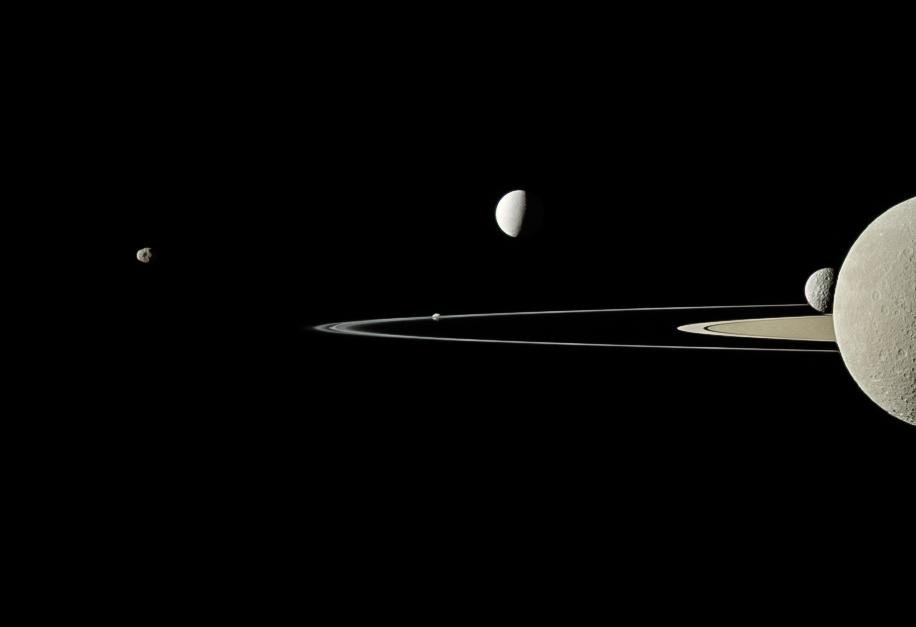
Saturn and Titan Resources
Explore this page for a curated collection of resources, including activities that can be done at home, as well as videos, animations, posters, and online interactives.
This resource package is suitable for educators, students, and anyone interested in learning more about Saturn and Titan! In addition to the resources on this page, follow along with updates on Saturn and Titan science and upcoming missions through @NASASolarSystem on your preferred social media platform.
Read More

